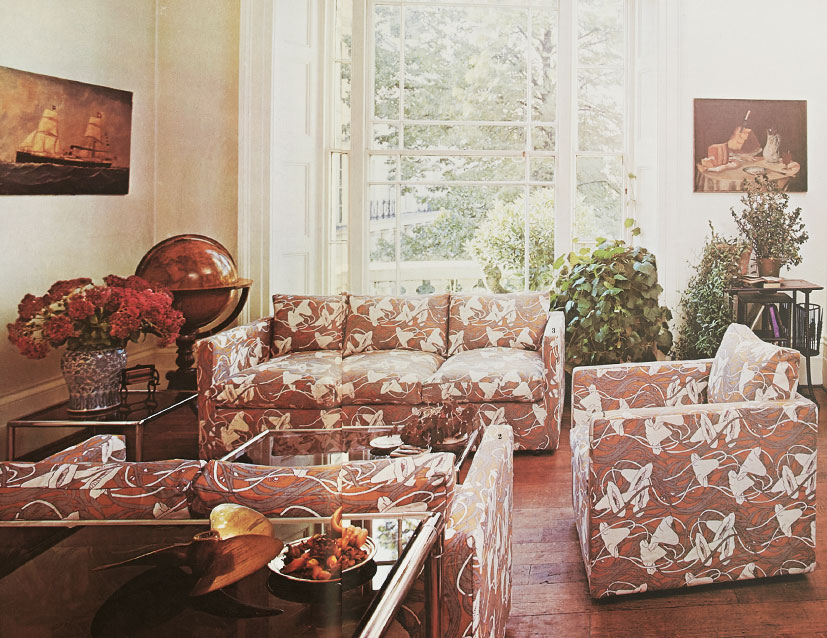Every ten years, trends in housing construction and decoration change significantly. If you want to live in a state-of-the-art apartment, consider buying a home in the newly built Frost Chaddock. These comfortable apartments are located in modern five-storey buildings. The complex itself was built in a good area with developed infrastructure. If you are dreaming of a luxurious view from the window of a multi-storey building, then pay attention to the Intown homes Houston complex. Here you can choose an apartment on the 48th floor. Now let’s take a look at how life rooms have changed over the last 50 years.
1960s: Sunken Living Rooms
Apartments in old buildings are preferred by lovers of history and antiques. Room with a past has a special chic and atmosphere. During this period, Western pop culture was born. The living room was a room that united friends and family into one large and cheerful company. Large soft sofas became fashionable, on which it was comfortable to sit with the whole family and watch TV.
1970s: Natural Hues
This decade has been imbued with the spirit of freedom and naturalness. Earthy or greenish shades were in vogue. A lot of hand-made wicker elements and accessories appeared in the interior. It has also become fashionable to spread many carpets on the floor. A large number of shades in the interior were perfectly combined with each other, because they all belonged to a muted warm range.

1980s: Luxe Living Rooms
The trend of naturalness was abruptly replaced by people’s craving for everything luxurious. Living rooms began to be faced with stone, marble, and a lot of glass. The most fashionable furniture had a shiny lacquer finish. The sofas were getting wider, softer and more comfortable. Bold patterns on the upholstery ushered in the era of consumption.
1990s: Sleek and Spacious
After the turbulent 80s, people got tired of the variegation and bright colors. The design of the rooms has become more restrained and even minimalistic. Refusal from excessive consumption began to come into vogue. On the contrary, people tried to leave only the most necessary things in the house. There is more free space in the living rooms again. Even the layout has changed. This decade saw the first open-plan projects. Also studio apartments began to appear.
2000s: Modern Marvel
This decade can be called the start of the digital age. Now all modern technology had to fit into the interior. There are additional niches and shelves for TVs, computers, DVDs and speakers. The furniture has acquired a futuristic design so as not to get out of the general concept. The idea of open floor plans became even more widespread. To shift the focus, bright colors are back in vogue.
2010s: Small Space Dwelling
The rise in property prices has led to a decrease in the area of modern houses and apartments. Following the size of the rooms, the size of the furniture began to decrease. Designers began to actively use every centimeter of free space. Built-in custom-made furniture has become widespread. White or very light walls have become very popular. Any accessories stand out brighter than usual against this background.
2020s: What’s Next?
The coronavirus pandemic has brought new design changes to living rooms and other rooms. Lockdown forced most people to work from home. Therefore, now at the peak of popularity are interiors capable of transformation. By day, your living room should look like an office. Nothing should distract your attention from your work. In the evening, on the contrary, you should remove any reminders of work and relax. This is facilitated by multifunctional furniture and accessories that can be hidden during the day and taken out again in the evening. A special role in this is given to folding partitions and shelving, which help to zone the room.






